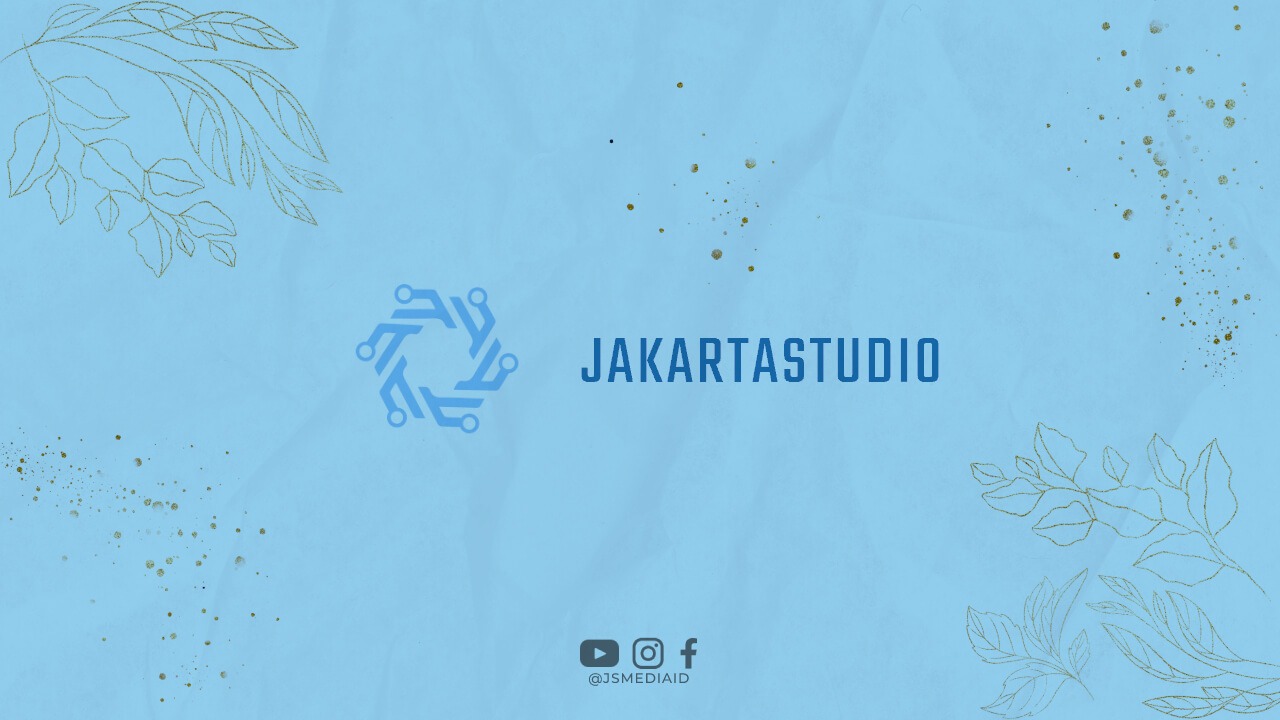First Bank is one of Nigeria’s leading financial institutions, offering a wide range of services to its customers. However, there may be times when you need to block your First Bank account for various reasons, such as security concerns or loss of your ATM card. In this article, we will guide you through the process of blocking your First Bank account to ensure the safety of your funds.
1. Contact First Bank Customer Support
The first step to blocking your First Bank account is to contact their customer support. You can reach them through their dedicated helpline or visit your nearest First Bank branch. Provide them with your account details and explain the reason for wanting to block your account.
2. Verify Your Identity
First Bank will take the necessary steps to ensure that you are the rightful account holder. They may ask you to provide personal identification documents such as your national ID card, driver’s license, or passport. This verification process helps maintain the security of your account.
3. Report Lost or Stolen ATM Card
If you are blocking your First Bank account due to a lost or stolen ATM card, make sure to inform the customer support representative. They will immediately disable your card to prevent any unauthorized transactions.
4. Provide Reason for Blocking Account
While contacting First Bank, clearly state the reason why you want to block your account. This could be due to suspected fraudulent activity, unauthorized access, or any other security concern. Providing accurate information helps them take appropriate actions swiftly.
5. Follow the Bank’s Instructions
Once you have reported the issue and provided all the necessary information, the First Bank customer support representative will guide you through the remaining process. They may ask you to fill out a form or provide additional documents, depending on the situation.
6. Keep Your Account Details Safe
During the process of blocking your First Bank account, it is crucial to keep your account details safe. Avoid sharing sensitive information with anyone other than authorized bank representatives. This will help protect your account from further unauthorized access.
7. Change Your Account PIN and Passwords
After blocking your First Bank account, it is advisable to change your account PIN and passwords to further enhance security. This ensures that even if someone has access to your old details, they won’t be able to use them to gain unauthorized access to your account.
8. Monitor Your Account Activity
While your First Bank account is blocked, it is essential to keep a close eye on your account activity. Regularly check your account statements and transaction history to ensure that no unauthorized transactions have occurred. Report any suspicious activity to the bank immediately.
9. Reopen Your Account
If you have blocked your First Bank account as a precautionary measure or due to a lost ATM card, you can reopen it once the issue is resolved. Contact First Bank customer support again and follow their instructions to reactivate your account.
10. Learn from the Experience
Blocking your First Bank account can be a stressful experience, but it also serves as a valuable lesson in maintaining account security. Take this opportunity to review your financial habits and implement additional security measures to prevent similar incidents in the future.
Conclusion
In conclusion, blocking your First Bank account is a necessary step to protect your funds and personal information. By following the steps outlined in this guide and promptly contacting First Bank’s customer support, you can ensure that your account remains secure. Remember to keep your account details safe, change your PIN and passwords, and monitor your account activity regularly. Stay vigilant and proactive to safeguard your finances.

